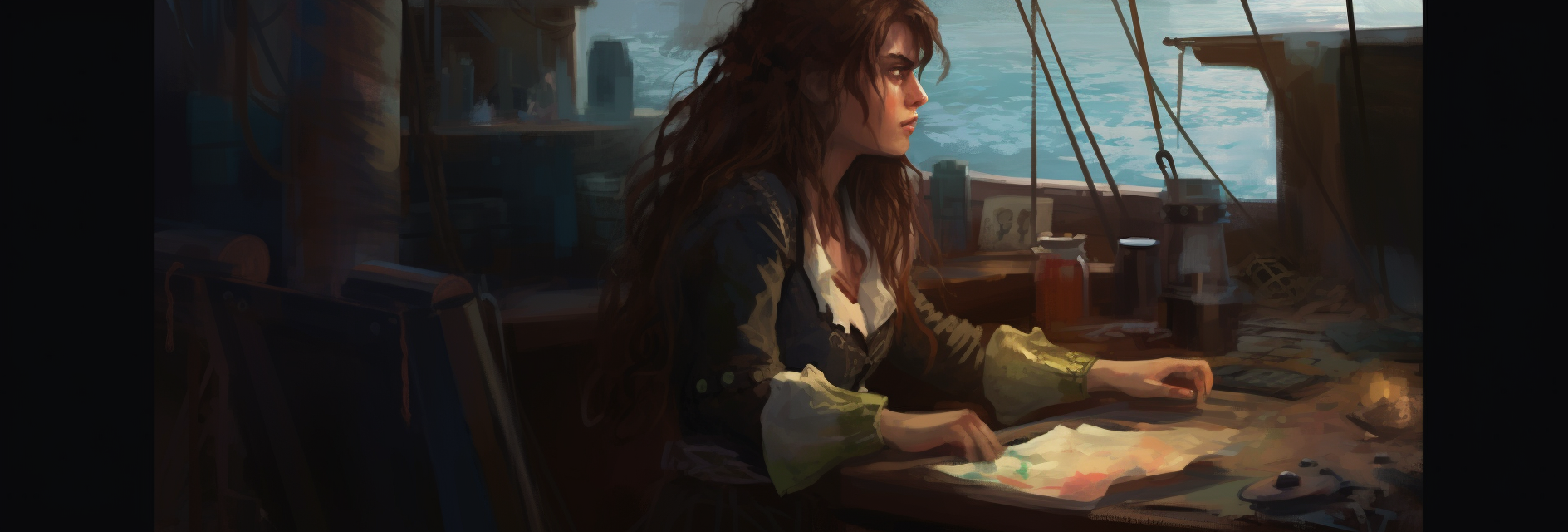Introduction to JavaFX

Ahoy, matey! Welcome aboard the good ship JavaFX. In this adventure, we’ll set sail on the high seas of graphical user interfaces (GUIs) to explore the treasured land of JavaFX, a powerful framework for creating desktop applications in Java. With a trusty crew of skilled developers like yourself, we’ll navigate through the basics of JavaFX, its benefits, and how to create a simple application.
The Treasure Map: What is JavaFX?
JavaFX be the treasure we seek, aye! It’s a software platform for creating and delivering rich internet applications (RIAs) with immersive graphics, smooth animations, and impressive visual effects. The platform be designed to work seamlessly with Java, replacing the older Swing and AWT libraries as the go-to for desktop applications.
As we embark on this journey, you’ll be equipped with the powerful tools of JavaFX, including:
- FXML: A markup language for designing user interfaces, separating the UI design from the application logic like a pirate crew separating the loot.
- Scene Graph: The backbone of any JavaFX application, organizing UI elements in a hierarchical structure as orderly as a ship’s logbook.
- Styling with CSS: Customize your application’s appearance with the same swashbuckling styles used in web development.
- Animation and Effects: Add flair to your creations with built-in animations and visual effects worthy of a pirate’s bounty.
Why Choose JavaFX?
JavaFX be the modern sailor’s choice for many reasons:
- Cross-platform compatibility: Develop applications on Windows, macOS, and Linux without the need to rewrite code, like a treasure map that works in any ocean.
- Rich set of UI components: JavaFX provides a vast array of customizable UI components, akin to a well-stocked treasure chest of doubloons and gems.
- Hardware acceleration: JavaFX uses hardware acceleration to render UI components smoothly, ensuring your applications sail as swiftly as a pirate ship in fair winds.
- Active community: JavaFX boasts a dedicated community of developers and pirates, ready to lend a hand or share a bottle of grog.
Hoist the Jolly Roger: Creating a Simple JavaFX Application
Now that we’ve charted our course, let’s dive into creating a simple JavaFX application. Here be the steps:
Step 1: Set Up Your Environment
Before embarking on our journey, we must ensure our ship is seaworthy. Install JavaFX by following the guidelines provided in the official documentation. Once your ship is ready, we can set sail.
Step 2: Create a Basic JavaFX Application
Create a new Java class to serve as the captain of our vessel. In the code below, we’ll create a simple window with a “Hello, Pirate!” message:
import javafx.application.Application;
import javafx.scene.Scene;
import javafx.scene.control.Label;
import javafx.scene.layout.StackPane;
import javafx.stage.Stage;
public class HelloPirate extends Application {
@Override
public void start(Stage primaryStage) {
Label greeting = new Label("Hello, Pirate!");
StackPane root = new StackPane(greeting);
Scene scene = new Scene(root, 300, 200);
primaryStage.setTitle("Hello JavaFX");
primaryStage.setScene(scene);
primaryStage.show();
}
public static void main(String[] args) {
launch(args);
}
}
###Step 3: Run Your JavaFX Application
Now that our captain has taken the helm, hoist the Jolly Roger and run your application. If all goes well, you’ll be greeted by a window displaying the hearty message, “Hello, Pirate!” Congratulations, you’ve taken your first step into the adventurous world of JavaFX.
Charting Your Course: Next Steps
Our maiden voyage into JavaFX be complete, but countless adventures await us on the horizon. As you continue to explore JavaFX, consider the following topics to expand your knowledge and further your journey:
- Working with FXML and Scene Builder for designing user interfaces
- Event handling and user input
- Layout management
- Advanced UI components and controls
- Incorporating multimedia elements
- Creating custom UI components
Sail Onward, Me Hearties!
We hope ye enjoyed this voyage into the mysterious waters of JavaFX. With the knowledge you’ve gained, you’re well on your way to creating visually stunning and feature-rich desktop applications. So raise the anchor, set your sails, and embark on your next JavaFX adventure. Fair winds, and may your code be as strong as a pirate’s spirit!